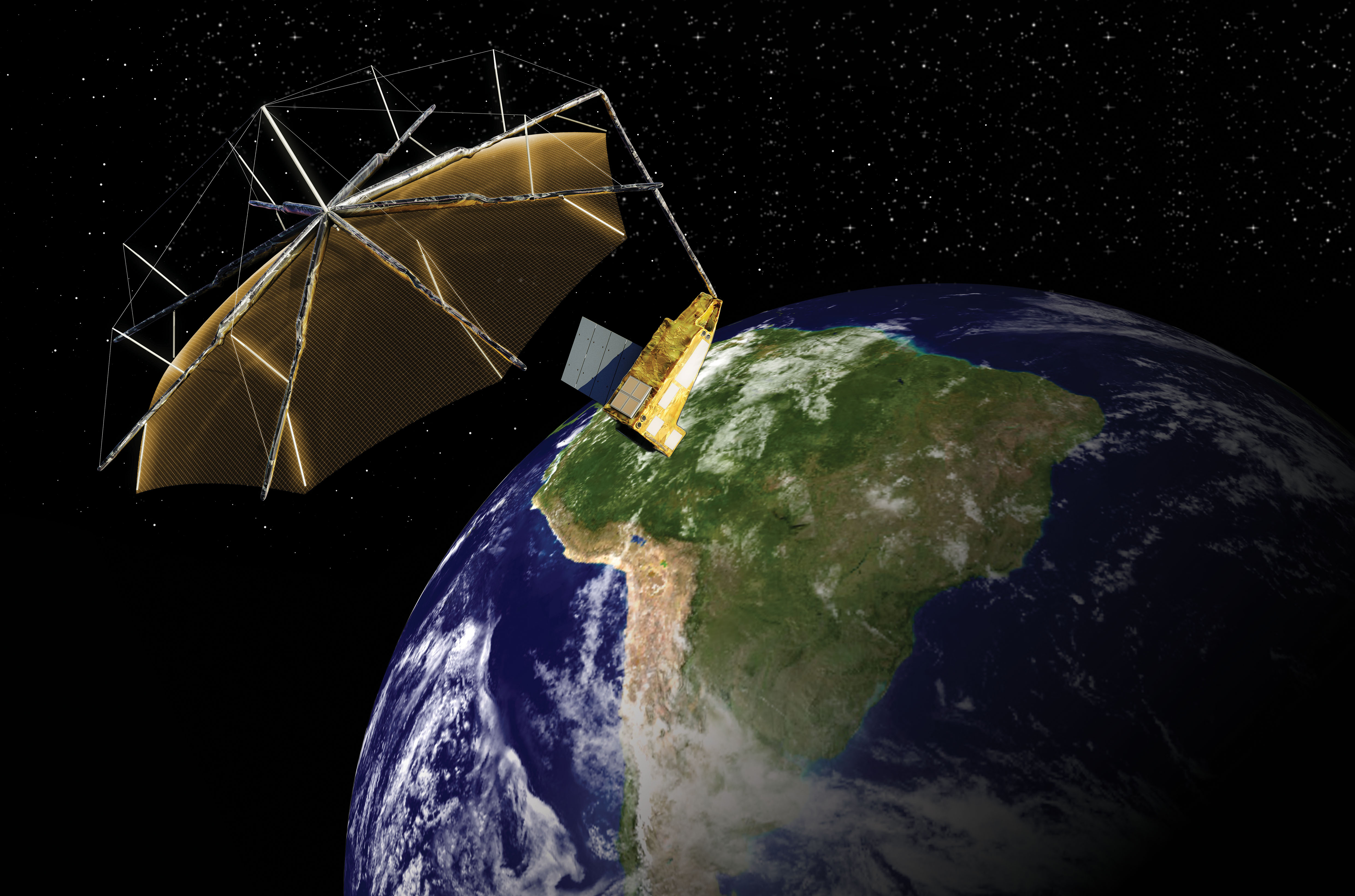
Their follow-up record, Joyride, was released on October 21, 2014. After performing on the Ernie Ball Stage during Warped Tour 2012, they released Young New England, which reached No. 4 on the Billboard Heatseekers chart and No. 40 on the Independent Albums chart. In 2011, Listen & Forgive reached No. 9 on the Billboard Heatseekers chart and No. 40 on the Independent Albums chart. From mid-August to early October, the band supported Fireworks on their headlining tour of the US. "Stay the Same" was posted on the band's Myspace on MaStay Home was eventually released on April 14. In November, Run for Cover Records released a sampler which included "Nameless", a track from Stay Home, which was scheduled for release in January 2009. At the end of the month, a music video was released for "Stay Home". Three days later, "Stay Home" was posted on the group's Myspace profile. On October 16, it was announced that the band had signed to independent label Run for Cover Records. In July 2008, it was announced that the band would release a new EP, titled Stay Home, later in the year. "Rule of Nines" was posted online in December 2007, followed by "For the World" in January 2008. A few months later, "Shift On" and "Waterways in NE" were posted online prior to the release of Let It Out. We now take for granted that one radio receiver can be tuned to any of the locally broadcast radio stations, but if it were not for heterodyning, you would have to have one receiver for each broadcast station.In January 2007, Transit made a demo, two songs of which appeared on their Myspace profile. When the input radio frequency amplifier is tuned to the station's carrier frequency, the local oscillator is tuned along with it to produce a beat frequency equal to the fixed IF frequency.

By fixing the beat frequency between the incoming carrier and the local oscillator to a fixed intermediate frequency (IF), most of a radio receiver can be constructed so that it can be used by any incoming radio signal. Heterodyning is extremely important in radio transmission - in fact, the development of heterodyning schemes was one of the major developments which led to mass communication by radio. This process produces a beat frequency equal to the difference between the frequencies, and this difference frequency constitutes a third carrier which will be modulated by the original signal.

This transfer is accomplished by mixing the original modulated carrier with a sine wave of another frequency. Heterodyning is used in the AM radio receiver and played a big part in making AM radio practical for mass communication.Īn electromagnetic carrier wave which is carrying a signal by means of amplitude modulation or frequency modulation can transfer that signal to a carrier of different frequency by means of heterodyning. The interference of any two waves will produce a beat frequency, and this technique provides for the tuning of a radio by forcing it to produce a specific beat frequency called the "intermediate frequency" or IF. Heterodyning is a method for transferring a broadcast signal from its carrier to a fixed local intermediate frequency in the receiver so that most of the receiver does not have to be retuned when you change channels. The FM tuner then decodes this signal and separates the Left and Right audio channels.

A 38 kHz subcarrier also modulates the carrier, and that subcarrier is modulated with the difference, L- R, of the audio signals. The carrier frequency is directly modulated with the sum of the left and right channel audio signals. The bandwidth assigned to each FM station is sufficently wide to broadcast high-fidelity, stereo signals. These FM stations have a 75 kHz maximum deviation from the center frequency, which leaves 25 kHz upper and lower "guard bands" to minimize interaction with the adjacent frequency band. The FM stations are assigned center frequencies at 200 kHz separation starting at 88.1 MHz, for a maximum of 100 stations. The FM radio band is from 88 to 108 MHz between VHF television Channels 6 and 7. Carrier frequencies of 540 to 1600 kHz are assigned at 10 kHz intervals. The Amplitude Modulated ( AM radio) carrier frequencies are in the frequency range 535-1605 kHz. Radio Broadcast Signals AM and FM Radio Frequencies


 0 kommentar(er)
0 kommentar(er)
